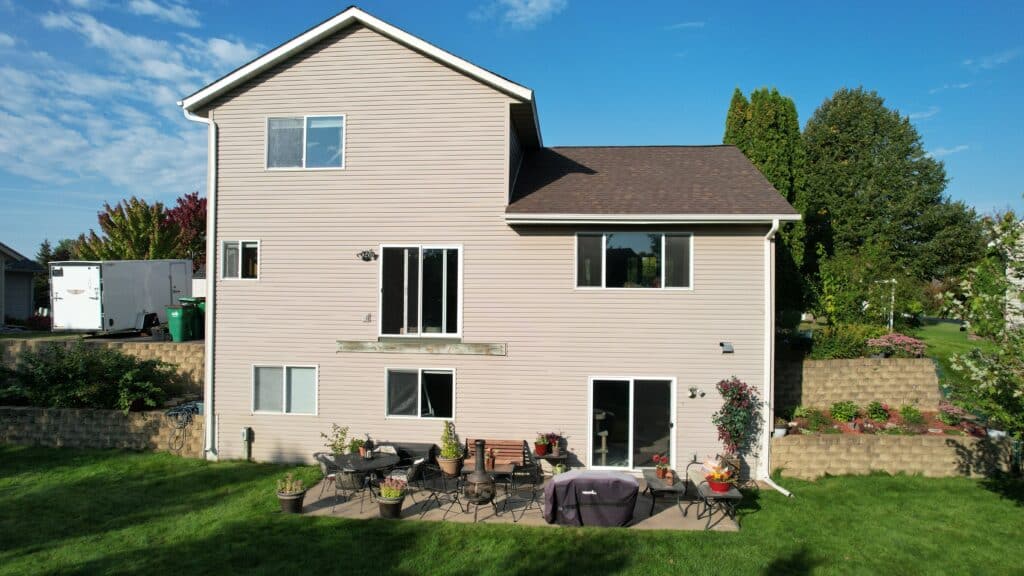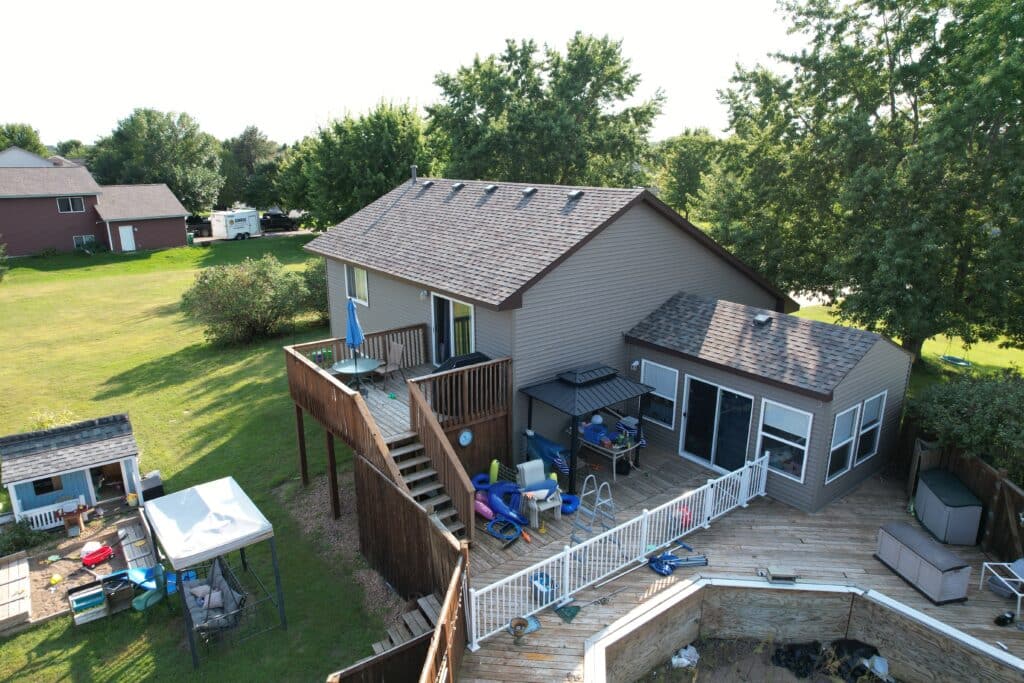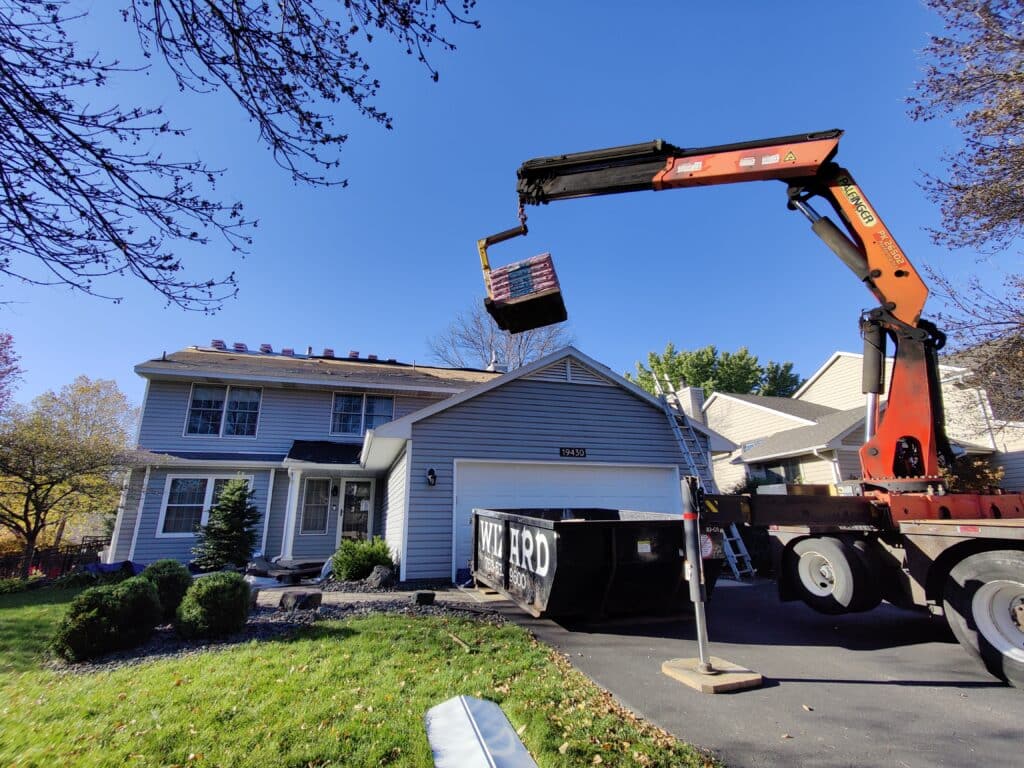Complete Guide To Working With A Deck Contractor In Minnesota
Planning to build a deck in Minnesota? Here’s what you need to know when working with deck builders. Start by learning about different deck materials – wood is classic but needs upkeep, while composite and vinyl last longer with less work. Ask friends or check online reviews to find good contractors in your area. Make a list of questions about their work history and completed jobs. Look closely at their price quotes to understand all costs and what work they’ll do. Check what building permits you need and what rules apply in your area. Take time to discuss how they’ll prepare your yard and stay in touch during the project. With good planning, you can avoid problems and get the deck you want.
Key Takeaways
-
Research local contractors through recommendations and online reviews to evaluate their reliability and expertise in deck building.
-
Ask contractors about their experience, communication methods, and request portfolios to assess their quality and suitability for your project.
-
Review detailed cost estimates that include materials, labor, and potential hidden charges to ensure budget alignment and avoid surprises.
-
Prepare your site by clearing debris and examining ground conditions to create favorable building conditions for the deck installation.
-
Ensure all necessary permits are obtained and maintain clear communication with your contractor to facilitate a smooth construction process.
Understanding Deck Types
Picking the right deck starts with knowing what kinds you can choose from. Different deck types look and work differently, and some need more care than others.
Wood decks have a timeless look but need regular care to stay nice. Composite decks last longer and need less work to maintain. Vinyl decks are tough and don’t fade easily in the sun and rain.
Each type has good and bad points, so think about what fits your daily life best. Taking good care of your deck – like cleaning it often and adding protective coating – helps it last longer.
Choose a deck that matches how much time and effort you want to spend on it, and you’ll end up with an outdoor space you can enjoy without too much work.
Researching Local Contractors
After picking your deck style, you need to find good local builders to do the work.
Begin by asking friends, family members, and people who live nearby about deck projects they’ve had done recently. Their stories can help you understand what to expect and find builders you can trust.
Also, look up what people say about builders online. Sites like Angie’s List and Yelp show how happy past customers were with the work. Reading these reviews lets you see what each builder does well and where they might fall short.
Once you gather all this info, you can make a list of the best builders to consider, helping you pick the right one for your deck project.
Questions to Ask Potential Contractors
When choosing a deck contractor, ask key questions to find the right person for your project.
Find out how many years they’ve been building decks and what kinds of decks they usually build. This helps you know if they have the right skills and knowledge for your needs.
Make sure they’re good at keeping you in the loop. Ask them how they’ll tell you about progress and what they do when problems come up. A reliable contractor will be open about talking with you and keeping you updated.
Also, ask to see their past work and talk to former customers. Looking at finished decks and hearing from other homeowners will show you if they do good work and treat clients well.
Comparing Estimates and Services
Want to find the right deck contractor for your project? Start by looking closely at their estimates and what they offer. Ask each contractor for a clear breakdown of costs – what you’ll pay for materials, work, and any extra charges. This makes it easier to see what you’re getting for your money.
|
Contractor Name |
Estimated Cost |
Services Included |
|
Contractor A |
$5,000 |
Design, Build, Cleanup |
|
Contractor B |
$4,500 |
Build, Warranty for 2 years |
|
Contractor C |
$5,500 |
Design, Build, Materials Upgrade |
|
Contractor D |
$4,800 |
Build, Maintenance for 1 year |
|
Contractor E |
$5,200 |
Design, Build, Eco-friendly Options |
Look at this information carefully to pick the best contractor for your deck project.
Choosing Materials Wisely
Once you’ve looked at costs and services, picking the right materials is your next big step in building a deck.
The materials you pick will decide how good your deck looks and how long it lasts. To make sure your deck stands up over time, focus on strong materials that won’t break down easily.
Composite decking is a good pick since it won’t rot or get eaten by bugs, making it worth the money you spend. You might also want to think about materials that are good for the earth. Look for materials that come from good sources or are made from recycled stuff.
Bamboo is also a great choice because it grows back quickly and is very strong. When you take time to look at all these choices, you’ll end up with a deck that looks good on your house, lasts a long time, and helps protect nature.
Navigating Permits and Regulations

Building a deck in Minnesota needs you to do more than pick out wood and hire workers. You need to know what permits and rules apply in your area.
Each city has its own building rules about decks – like how big they can be, what you can make them from, and where you can put them. Check these rules early when planning to avoid wasting time and money later.
Getting the right permits helps make sure your deck follows the rules and keeps everyone safe – both the workers building it and the people who will use it.
While a good builder can help you understand these rules, it’s smart for homeowners to learn about their local laws too. When you know the rules ahead of time, you can build a deck that’s both safe and legal.
Project Timeline Expectations
Getting your deck built in Minnesota means planning the right timing. The time needed depends a lot on what kind of deck you want. Think about how big it will be, what materials you’ll use, and any special features you’d like – all of these affect how long planning takes.
Weather is also key since builders usually work from late spring to early fall, as winter can stop work and harm building materials. It’s smart to talk to your builder early so they can help plan around weather and how long it takes to get materials.
When you think ahead about these things, your project is more likely to stay on track and finish when expected.
Preparing for Construction
Once you have a schedule in place, you need to get ready for building. Good site prep helps make sure the work goes well and keeps problems to a minimum.
Start by removing trash, items, and plants from the area so workers and their tools can move around easily. Also, check the ground and how water flows to stop troubles later on.
Talk clearly with your deck builder about any worries or needs you have, as this helps everyone stay on track during the building work.
Make sure to get the right permits and look up local rules to stay out of trouble. Taking these steps helps create good conditions for building, leading to a strong and good-looking deck.
Ensuring Quality and Satisfaction
Getting good work and making customers happy are key when hiring someone to build your deck. These things affect how long your deck will last and how good it will look.
To make sure you get high-quality work, take time to look into different builders. Look at their training, how long they’ve been working, and what they’ve built before. Read what other customers say about them to learn if they do good work and keep their promises.
Talk clearly with your builder about what you want and when you need it done. Keep checking the work while they build to make sure it matches what you agreed on.
If you have questions or worries, speak up – good builders want you to be happy and will listen to what you have to say. Following these steps will help you get the deck you want.
Frequently Asked Questions
What Should I Do if My Deck Needs Repairs After Installation?
If your deck needs fixing after it’s built, start by checking what your warranty covers. Next, get a good deck builder to look at the problems and fix them properly, making sure everything is safe and will last a long time.
How Can Weather Conditions Affect Deck Construction Timelines?
Weather can slow down or speed up deck building, depending on what Mother Nature brings. Rain and very hot or cold days can force builders to stop work and wait for better conditions. This is why it’s important to plan deck projects while keeping an eye on the weather and being ready to adjust work schedules when needed.
Are There Specific Insurance Requirements for Deck Contractors in Minnesota?
In Minnesota, deck builders need basic insurance to protect themselves and their customers. This insurance helps pay for any damage or accidents that might happen while building a deck. Most deck builders carry general liability coverage, which acts as a safety net during construction work.
What Happens if I’m Not Satisfied With the Finished Deck?
If you don’t like how your deck turned out, talk to your contractor right away. Let them know what’s wrong and work together to find a solution. This might mean fixing parts of the deck or getting help from a third party to settle any disagreements. The goal is to make sure you get the deck you wanted.
Can I Customize Deck Designs Beyond Standard Options?
Yes, you can create a deck design that’s different from basic choices. Adding your own special touches makes your deck unique, and looking at popular deck styles helps you build something that looks good and works well.
Conclusion
Navigating the process of working with a deck contractor in Minnesota requires careful consideration and preparation. When looking for trusted contractors in the state, MWCR Homes by Midwest Construction and Remodeling stands out for their expertise. By understanding different deck types, researching local contractors, and asking key questions, homeowners can ensure a smoother project experience. Comparing estimates, choosing quality materials, and following local regulations help create a successful construction process. Clear communication and realistic expectations lead to better results, ultimately creating a strong and beautiful outdoor space that matches specific needs.





